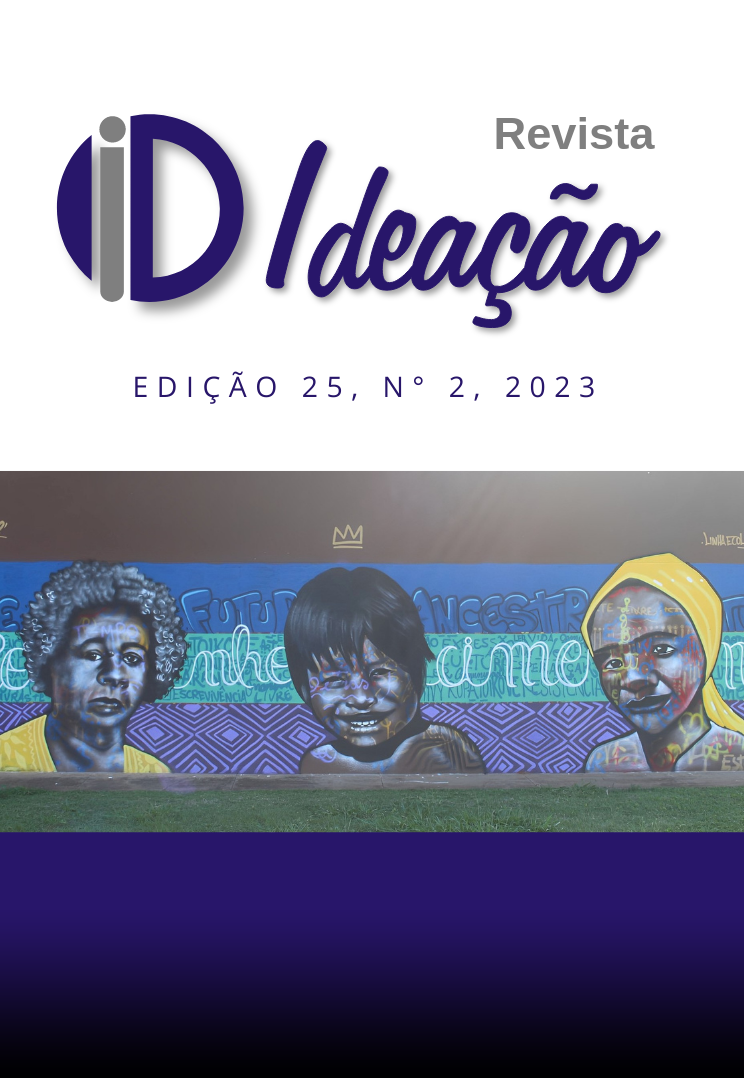Prepositioned direct object: historiographic study in the grammar of Evanildo Bechara and Rocha Lima
DOI:
https://doi.org/10.48075/ri.v25i2.30427Keywords:
Prepositioned direct object, Historiography of linguistics, Convergence, DivergenceAbstract
This article, based on the theoretical-methodological assumptions of the Historiography of Linguistics, aims to describe the treatment given to the direct object prepositioned in the Modern Portuguese Grammar, by Evanildo Bechara and in the Normative Grammar of the Portuguese Language, by Rocha Lima. To support the research, the research of Altman (2019), Batista (2019), Koerner (1989a, 2014), Kuhn (2013 [1962]), Murray (1998) was used as a theoretical contribution. After the description, it was observed that the phenomenon is described in eight occurrences in Bechara's grammar, of which seven occurrences are mandatory and one is optional. In Rocha Lima's grammar, the phenomenon is described twelve times, five of which are mandatory and seven are optional. After the analyzes, it was observed that the grammarians present both convergent and divergent points in the treatment of the phenomenon. They converge when they share that the phenomenon occurs before tonic oblique pronouns; after verbs that indicate feelings; to avoid duplicity of meaning; when expressions appear that indicate reciprocity; preceding the relative pronoun who; in parallel constructions and associated with a direct pleonastic object. They differ while Rocha Lima understands that the phenomenon occurs in association with the preposition, when it is linked to the word God; when the direct transitive verb is impersonal; in pronouns that refer to people; in names that are preceded by comparative terms; when the direct object precedes the verb; in idiomatic constructions and when you have a preposition with a partitive value.
Downloads
Published
How to Cite
Issue
Section
License
Copyright (c) 2023 Direitos partilhados conforme licença CC BY-NC-SA 4.0

This work is licensed under a Creative Commons Attribution-NonCommercial-ShareAlike 4.0 International License.
Authors who publish in this journal agree with the following terms:
1. Authors maintain copyright and grant the journal the right of first publication, with the work simultaneously licensed under the Creative Commons Attribution License that allows the sharing of the work with recognition of authorship and initial publication in this journal.
2. Authors are authorized to assume additional contracts separately, for non-exclusive distribution of the version of the work published in this journal (e.g., to publish in an institutional repository or as a book chapter), with acknowledgment of authorship and initial publication in this journal.
3. Authors are allowed and encouraged to publish and distribute their work online (e.g., in institutional repositories or as a personal page) at any point before or during the editorial process, as this may generate productive changes, as well as increase the impact and citation of the published work (See The Effect of Free Access).
Creative Commons License
This work is licensed under a Creative Commons Attribution-Noncommercial-ShareAlike 4.0 International License, which permits sharing, copying, distributing, displaying, reproducing, the whole or parts provided it has no commercial purpose and the authors and source are cited.


